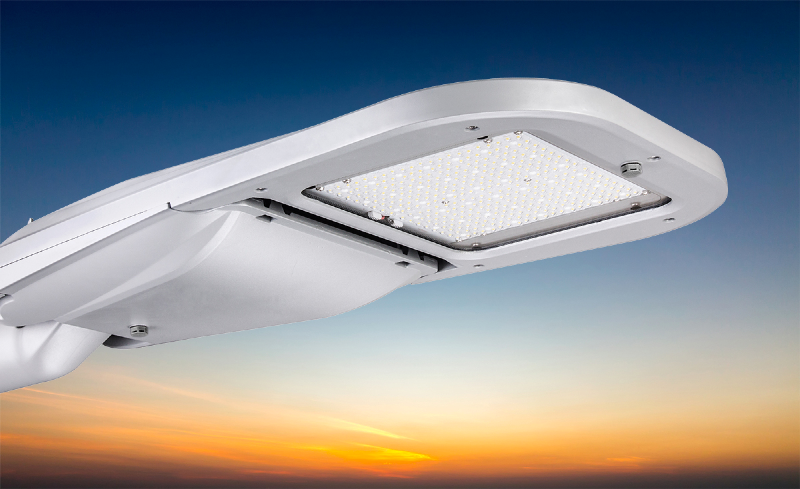Energy conservation measures are always being enhanced in today’s contemporary society in order to stay up with new technology trends and run as efficiently as is humanly possible. To preserve a competitive edge, it is essential to use energy-saving measures.
Outdoor lighting, such as led street lights, requires precise illumination management in order to make this achievable. This implies that a lighting project engineer must work with a wide range of vendors to create the most efficient lighting system. As a result of the information gap that exists between the lighting project engineers and the rest of the technical community, they are more inclined to advocate for a course of action that benefits their bottom line, reduces excess inventory, and maximises profits. This, on the other hand, is not fair to you in the slightest. Regardless of whether or not it results in higher costs to you, the solution they are giving is probably not in your best interest. Choosing the street light fixture is a fine option here.
It’s possible to cut expenses, save energy, and achieve integrated control with a more precise control system. Choosing the right lighting project and avoiding purchasing pitfalls both depend on your understanding of how led street lights work with photocells and the accompanying specifics. Here are seven things you should know about led street lights and photocells.
Why Street Lights Were Put Up In The First Place
With regard to city lighting, the most important goal is to provide enough illumination for traffic. In the night, street lights serve an important role in illuminating the streets. Led street lights are now gradually replacing traditional street lamps in individual streets. Led street lights are currently widely used due to their high illuminance efficiency, extended lifespan, low power consumption, and simplicity of installation.
Expectations For The Regulation Of LED Streetlights Now In Place
Monitoring city street lights is a frontier problem in lighting, both in the United States and in other nations. The bulk of scientists have done extensive research. Internet and GPRS are the most crucial technical instruments that may be used to structure software and allow control terminal employees to access all relevant information quickly and easily through the host server. So it will be straightforward to perform remote monitoring of street lights and issue control commands at the right time. In the moment, there are a number of expectations about the regulation of LED street lighting.
Specific
Centralized administration of the whole area or the complete line used to handle the street lights in the past. New criteria for regulating street lights have emerged as a consequence of growing public awareness of the need of energy saving and environmental preservation. In order to have comprehensive control over all of the lights, precise control is now required. An intelligent street light should have the ability to modify its status as well as understand the present operating condition of a specific light.
Intelligent
In the event of a power outage, the street lights may be turned on automatically by the control system, and they can be properly turned off when no longer needed.
It is possible to monitor street lights remotely through the Internet, power line carrier technology, and GPRS networks using a remote control system. At any time and from any place, the persons responsible for monitoring the street lights have access to information about the operational status of the street lighting. The area in question does not need any action concerning the acquisition and management of information.


